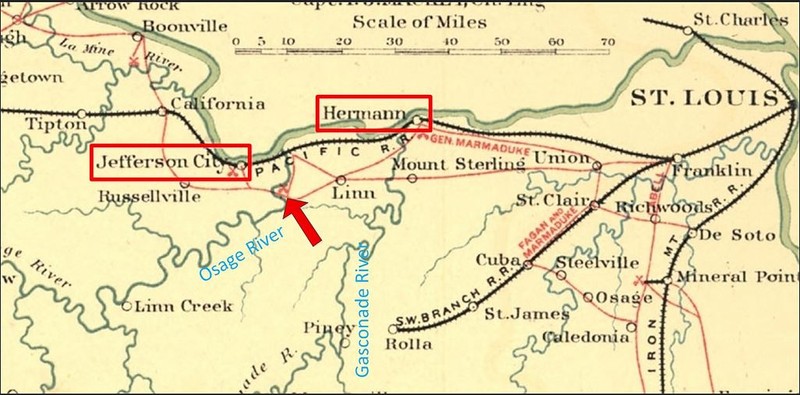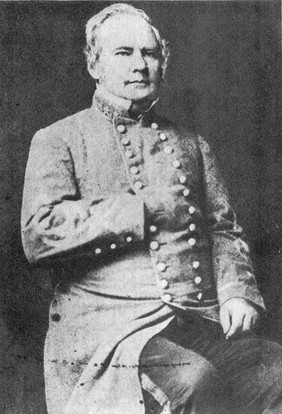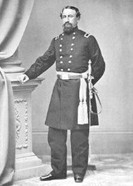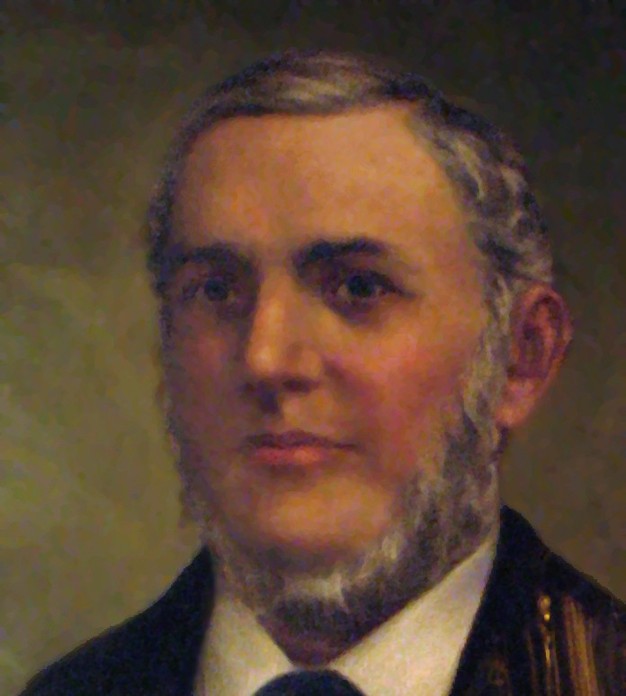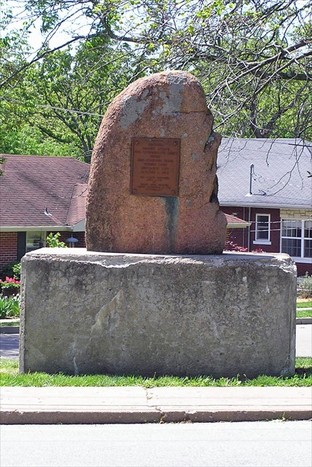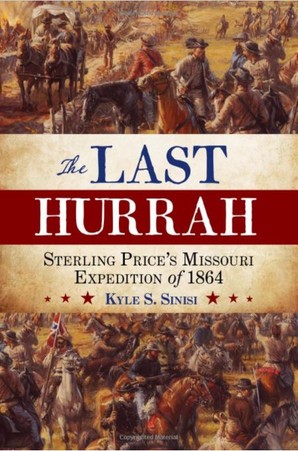After more than three years of war, by summer of 1864, the Confederacy's largest field armies were losing ground rapidly to Union forces. Robert E. Lee's Army of Northern Virginia was under siege in Petersburg, and Joseph Johnston was in a steady, fighting withdrawal before Union General William T. Sherman's infamous "March to the Sea." With Abraham Lincoln's reelection in the upcoming November ballot growing more imminent, plans were conceived for a series of near-simultaneous Confederate military offensives into Union-held territory. These campaigns, which were only loosely coordinated, would hopefully enjoy not only battlefield success, but convince a war-weary Northern public to elect George B. McClellan to the White House, a former general who had campaigned on a platform of immediate peace with an independent South. Confederate General Sterling Price's invasion of Union-"occupied" Missouri was one of three such offensives, along with Jubal Early's Shenandoah campaign and that of John Bell Hood's Army of the Tennessee.
With an army considerably smaller and less well-equipped than originally intended, Price slipped past Union forces in northern Arkansas and crossed into Missouri in early September 1864. Making his way slowly northward, he encountered a stout Union garrison under General Thomas Ewing at
Fort Davidson in Pilot Knob on September 27, which bloodied his army's nose and caused several days of delay. To make matters more humiliating, Ewing slipped away from Price's encirclement during the night. Seeking to save face, Price sent a division in pursuit of Ewing's northwestern flight to Rolla, while the rest of his army resumed their northward march. His divisions reunited on October 1 (after failing to catch Ewing) and occupied the town of Union after a brief fight with militia that had holed up in the Franklin County Courthouse. By this time, Price had already decided he could not afford to attack St. Louis. Union General William Rosecrans (in command of the Department of Missouri) had built up the city's defenses to 10,000 men, which reports to Price had inflated to over 20,000--as occurred often during the Civil War--and Price could not hope to overcome such odds regardless of the prize.
Price thus turned northwest for Jefferson City, still hoping to capture Missouri's capital, install Confederate governor-in-exile Thomas C. Reynolds at the head of a new state government, and use the city as a rallying point for the thousands of recruits that (it was hoped) would come streaming to the Cause. In command of the forces coalescing to oppose him was Union General Clinton B. Fisk. Many of Fisk's roughly 6,000 men were untrained militia, and he complained that at least a thousand of them "had never been drilled an hour."1 Luckily, he received timely reinforcements on October 4 in the form of two veteran brigades of Union cavalry. Fisk's command now equaled roughly 8,000 troops--all well-supplied and occupying formidable entrenchments around the city. As Price's advance elements attempted to push across the Osage River south of the city on October 6, Union cavalry successfully delayed them, costing Price yet another day and buying more time for Fisk to perfect his defenses.
Price's army slowly enveloped the city all morning on October 7, 1864, pushing against Yankee resistance along the Moreau River. By 1 PM, Union troops had been shoved back into their entrenchments around the city, and Confederates occupied the surrounding heights, preparing to attack. There the opposing forces stayed for the duration of the afternoon as Sterling Price conferred with his commanders on the decision to attack. From the hills around Jefferson City, Price and his generals could see for themselves the strength of the Union defenses, and reports from his scouts had inflated the defending Federal force to 12,000 men or more, outnumbering his own ragtag army. By evening, he made the decision not to attack. Under cover of darkness, the Confederates pulled back to encampments several miles from the city, and on October 8 the march was resumed westward,
to Boonville.
In 1933, the United Daughters of the Confederacy dedicated a monument to mark this turning point in Price's Missouri Expedition. While
Price's eventual defeat two weeks later at Westport, Kansas, was not inevitable on October 7, 1864, his position on the outskirts of Jefferson City was the Confederacy's last opportunity to seize Jefferson City and install a pro-secessionist government in the state's capital. Sterling Price, who had served in the Mexican War and several terms as Missouri's governor (including the term immediately preceding the Civil War) was much beloved by Missouri's Southern sympathizers and had been viewed for much of the war as the man who would "redeem" the state from Northern occupation. This reverence increased after the war, when Price fled to Mexico rather than surrender to Union authorities.
The United Daughters of the Confederacy are dedicated to the preservation of Confederate memory and heritage. Founded in 1894, they are responsible for many of the Confederate monuments across the country, and in no small part for the continuation of the "Lost Cause" movement that has pervaded interpretation of the Civil War for much of the last century-and-a-half. Though their current stated objectives stipulate that the organization does not associate with "any individual, group or organization known as unpatriotic, militant, racist or subversive to the United States of America and its Flag," the group has long been known to steer public discourse away from slavery as a central issue of the war. For many decades the group sponsored public school textbooks that painted the slave-owning Confederacy as a chivalric institution, and frequently blocked texts that portrayed the realities of slavery.
Nearby College Hill anchored part of the Union defenses. The Jefferson City Fairgrounds briefly held a Confederate artillery battery as it exchanged fire with Union cannons inside the city. Price's conference with his generals was held in Frog Hollow, on the southwest side of the city.

